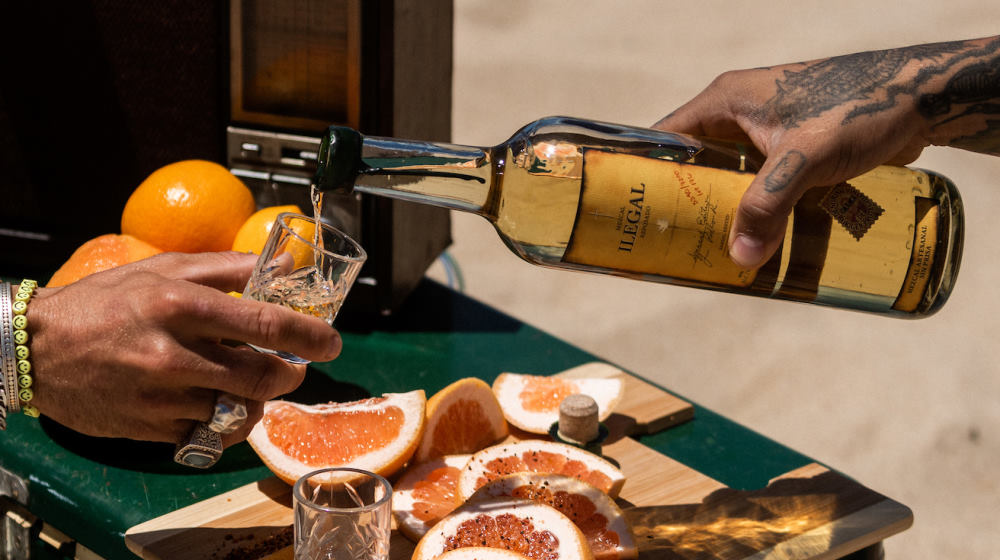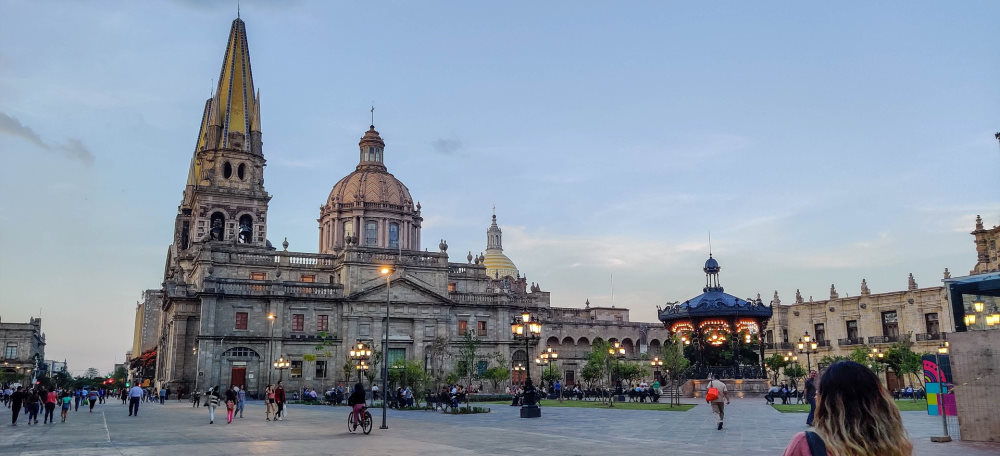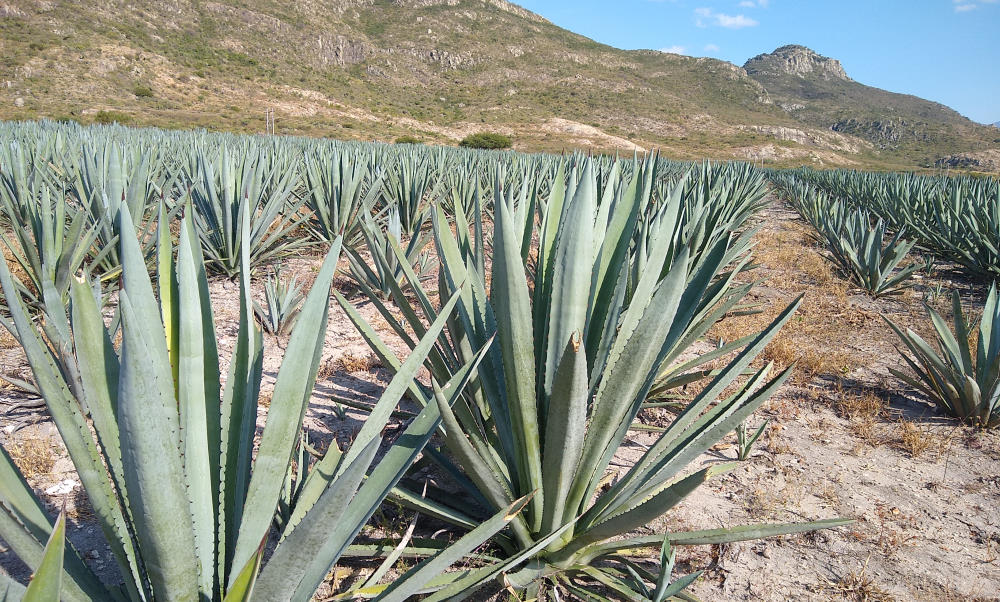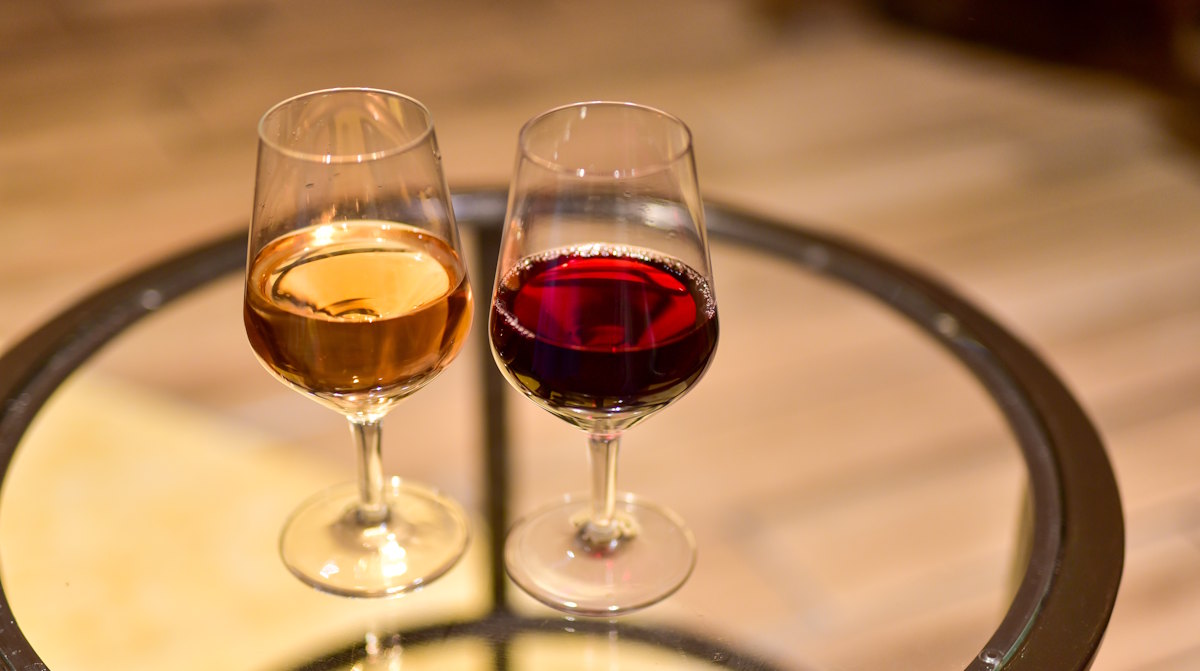The world of spirits has some incredible range. Following the uprising of craft beer into the market years ago, forcing big name beer brands to sweat and snap up breweries by the handful, craft spirits are now taking their time to shine. This mini revolution has brought us some fun (and delicious) innovation.
There’s Japanese ‘Umeshu’ made from green plums, pumpkin spice whiskey, insect infused gin, and vodka made with fermented milk. The options are seemingly limitless.
Mezcal is a spirit that hit the North American mainstream not too long ago. People are consuming it in a variety of cocktails – and they’re liking it. The demand for mezcal is showing now signs of slowing down – the options at your local liquor store can be dizzying. But what exactly is mezcal?
Most people know that mezcal is somewhat like tequila. They seem to be used interchangeably in cocktails, and we’re pretty sure they’re both Mexican, right? In this article, we’re going to break down the differences and similarities between tequila and mezcal, so we can put the confusion to bed once and for all.
Tequila

Tequila is the famous distilled spirit used in margaritas, palomas, and many more. It’s made from the blue agave plant, also known as ‘agave tequiliana’, found in the red volcanic soil surrounding the area around Tequila, Mexico and the Jaliscan Highlands.
Tequila is recognized as a Mexican designation of origin product by over 40 countries, along with NAFTA and the EU. The Mexican government also has their own laws that say tequila can be produced only in the state of Jalisco and limited municipalities in a handful of other states.
Depending on how it’s prepared and distilled, tequila can carry all sorts of flavour notes, like oak, vanilla, citrus or cinnamon. Coming in at 40% alcohol by volume (ABV), you can drink tequila straight or mix it into a cocktail.
Mezcal

Mezcal means ‘oven-cooked agave’ in Nahuatl, the early central Mexican language. That means that yes, mezcal is made from the agave plant, just like tequila. It’s also produced in Mexico, with about 70% of it being made in the Mexican state of Oaxaca, and is what many Mexicans would call the traditional Mexican spirit.
What mezcal is most well-known for is the strong, smoky flavour that produces sweetness as well. But the flavours can really range. It depends largely on which of which variety of agave is used in the production process (there are dozens). But more on that below…
The Difference
The most vital difference between tequila and mezcal is found in how it’s made. There are some fairly simple yet important rules that determine whether your product is tequila, mezcal, or none of the above. And it all starts with the agave.
Agave is a plant native to the hottest and most barren regions of South America, Mexico, and the Caribbean. While the many varieties of agave come in a wide range of shapes and sizes, the most typical looking ones are stout and cacti-like, equipped with big fleshy leaves and what appears to be very sharp teeth and spine. Despite the dozens of agave varieties, by law, tequila can only be made with one species: the blue agave plant (AKA ‘agave tequiliana’). Mezcal doesn’t have restrictions on which type of agave is used.

Now that the agave has been sorted out, let’s move to the actual production process. This is where you’ll find another very important distinction between tequila and mezcal.
To make tequila, producers take the large pineapple-looking bulb of the blue agave (called the ‘piña’) and bake it in either a clay, brick, or more modern steel oven to extract the sugars. From there, the leftover piñas are crushed to release the very sweet juice called ‘mosto’. Next, the mosto is fermented in large tanks before being distilled. By twice distilling tequila, you end up with a very clear, silver coloured tequila. Finally, the tequila is aged for a minimum of two weeks, yet this process can last for years.
To make mezcal, you have a lot more freedom when it comes to choosing your agave. There are plenty of species to choose from, and they’re frequently mixed. Start with rock-lined pits called ‘hornos’, which are 3 feet deep and more than 8 feet in diameter. Oak wood is burned underneath a layer of stones at the bottom of the pit, which eventually turn red from the heat. You then pile in the piñas and cover them with banana leaves. After a few days, the piñas are removed and left to ferment in the shade for about a week. The piñas are then crushed before being fermented in large wooden vats. From there, the fermented mash is double distilled and bottled!

Production process aside, tequila and mezcal will have very different flavour profiles. Tequila has a much more consistent taste, due to its stricter production method that includes a single species of agave. Because mezcal is made with a range of agave species and often mixed together, the flavour can really vary. Mezcal is also made in smaller batches, so a producer may end up with two products that taste quite different. But the signature flavour difference of mezcal is the smokiness. The agave baked underground under red hot stones and oak produces a flavour similar to barbacoa. This smokiness combined with the range of impressive flavours is what makes mezcal so exciting for many.
We hope this article has helped dispel your confusion about the world of Mexican spirits. Next time you’re at your favourite cocktail bar, be sure to try something with mezcal. Try to spot that smoky flavour, and ask your bartender if they know what type of agave was used.
Pop into a Springs Group liquor store near you and grab yourself a bottle for homemade cocktail night!



